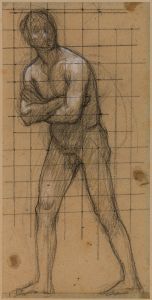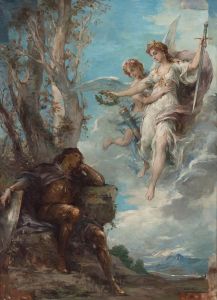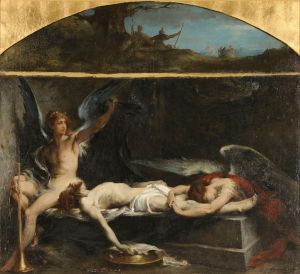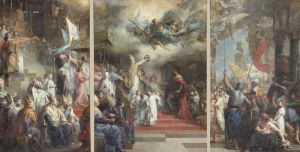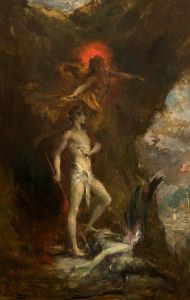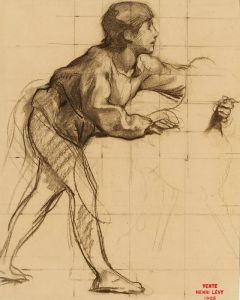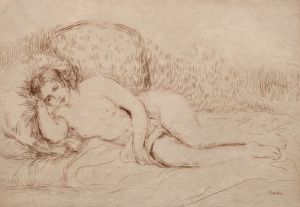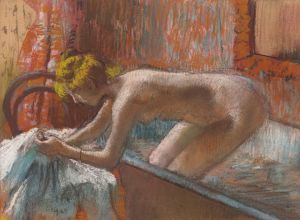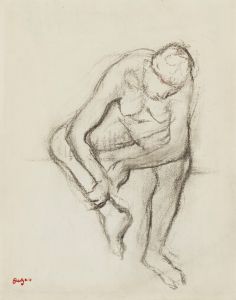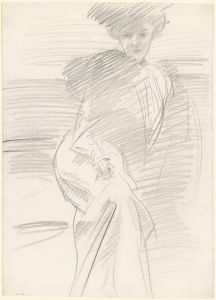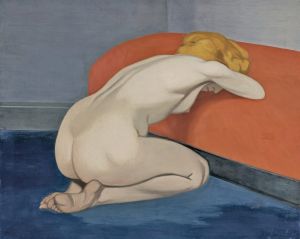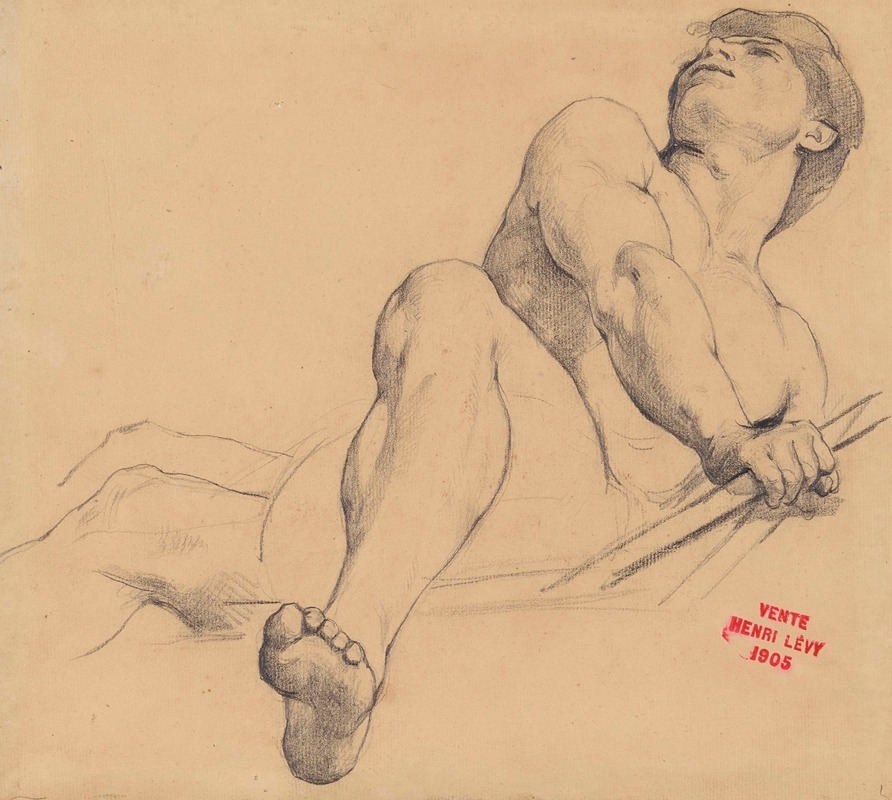
Etude de jeune homme allongé, le pied gauche en avant
A hand-painted replica of Henri Leopold Lévy’s masterpiece Etude de jeune homme allongé, le pied gauche en avant, meticulously crafted by professional artists to capture the true essence of the original. Each piece is created with museum-quality canvas and rare mineral pigments, carefully painted by experienced artists with delicate brushstrokes and rich, layered colors to perfectly recreate the texture of the original artwork. Unlike machine-printed reproductions, this hand-painted version brings the painting to life, infused with the artist’s emotions and skill in every stroke. Whether for personal collection or home decoration, it instantly elevates the artistic atmosphere of any space.
Henri Léopold Lévy was a French painter known for his works in the academic style, often depicting historical, religious, and mythological subjects. Born in 1840 in Nancy, France, Lévy studied at the École des Beaux-Arts in Paris, where he was a pupil of François-Édouard Picot and Alexandre Cabanel, both prominent figures in the academic art movement. Lévy's works were well-received during his lifetime, and he exhibited regularly at the Paris Salon, a prestigious annual art exhibition.
One of Lévy's works, "Etude de jeune homme allongé, le pied gauche en avant" (Study of a Young Man Lying Down, Left Foot Forward), exemplifies his skill in rendering the human form with precision and attention to detail. This study likely served as a preparatory work for a larger composition, as was common practice among academic painters who meticulously planned their major works through detailed sketches and studies.
The painting depicts a young man reclining, with his left foot positioned forward. The focus on the human figure is characteristic of Lévy's academic training, emphasizing anatomical accuracy and the play of light and shadow across the body. Such studies were essential for artists of the time to master the complexities of human anatomy and to convey a sense of realism and vitality in their finished works.
Lévy's choice of subject matter often reflected the tastes and interests of the academic art world, which valued classical themes and technical proficiency. His works frequently drew inspiration from literature, history, and mythology, aligning with the broader trends of the 19th-century academic tradition. While "Etude de jeune homme allongé, le pied gauche en avant" is a study rather than a finished painting, it nonetheless showcases Lévy's dedication to the principles of academic art.
Throughout his career, Lévy received several accolades for his contributions to the arts. He was awarded medals at the Paris Salon and was recognized for his ability to blend classical themes with a refined, polished style. His works were collected by art enthusiasts and institutions, contributing to his reputation as a respected figure in the French art scene of the late 19th century.
Despite the acclaim he received during his lifetime, Lévy's work, like that of many academic artists, fell out of favor with the rise of modern art movements in the early 20th century. However, there has been a renewed interest in academic art, and Lévy's paintings are appreciated for their technical skill and historical significance.
"Etude de jeune homme allongé, le pied gauche en avant" remains a testament to Lévy's artistic abilities and his commitment to the academic tradition. While specific details about the painting's provenance and current location may not be widely documented, it continues to be an example of the meticulous study and preparation that characterized Lévy's approach to art.






